Having an AR-15 (essentially a semi-auto version of the M-16) in your survival gun inventory is a good choice regardless of whether you choose a Colt AR-15 or some other brand.
That being said, actually choosing the best AR-15 can be a daunting task if you aren’t familiar with all the options or the vocabulary that has built up around this rifle.
For example, you may find sellers that claim the weapon is “Milspec”. Supposedly, this means that the gun was suitable for military use. According to Colt Firearms (the owner and trademark holder of the AR-15) there is no such thing as a legal Milspec AR-15.
While the gun in question, may be made to the exact same specs as military grade weapons, the gun you are looking at was not tested fired and/or inspected by government inspectors and found suitable for government contract. Weapons that have gone through this quality assurance process carry proof marks.
Unfortunately, if you do come across a weapon with these proof marks on it, it is an illegal weapon that may have been stolen, or the proof mark itself may have been forged. This means there is no way to tell what quality weapon you are actually receiving.
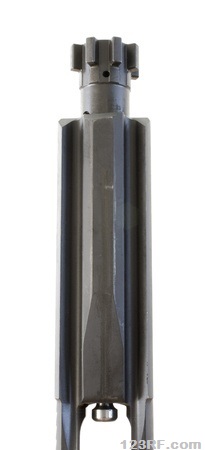
- Hammer and trigger mechanisms are of a different design.
- Bolt carrier and interior lower receiver of the semi-auto AR-15 versions are milled differently so the fire mechanisms are not interchangeable with the M 16.
- AR -15 selector only has “safe” or “semi-auto” modes.
- M 16 selector has “safe” “semi-auto”, 3 round burst, or “full auto”.
How to Choose a Good AR-15
Before buying any AR-15, take the time to research it and make sure you know what you plan to use it for. Some important points to consider as a base:
- Do you need just one upper, or different configurations (the AR-15 can be changed to other calibers by changing the upper receiver and/or putting a mag block in the lower receiver).
- Which manufacturers have the best reputation for dependability, accuracy, quality, and the best price?
- Do a hands on evaluation of the model AR-15 you plan to own, and shoot with different brands, and types of ammo during the test. This will help you evaluate basic grouping possible, how comfortable you will feel shooting the weapon, and make it easier to figure out which accessories will be most useful.
Where to Buy It From
{adinserter emp}It is very important to buy your AR-15 from a licensed firearm dealer. He/she can walk you through all the paperwork and legal issues surrounding this type of gun. You will also have a chance to get good warranty information, and get answers to any other questions that you might have. If you do buy the AR-15 from a friend second hand, try it out by shooting it at a range to see if it works properly.
It is a bad idea to buy an AR-15 second hand at a gun show. The weapon could be stolen, broken, or may have had some illegal modifications that cause the gun to be more dangerous to the operator than the target.
In addition, if the rifle has been tampered with and fires more than 1 shot with each pull of the trigger, it will be classified as an illegal machine gun which could cost you heavy fines, your freedom, and worse. It does not matter whether or not you made the modifications, all that matters is that you own a modified weapon at the time it is found in your possession.
Things to Keep in Mind When Buying an AR-15
When thinking about buying an AR-15 you must answer the following questions to insure that you purchase is the best rifle at the best price:
- How well does the manufacturer adhere to the weapon’s specifications?
- Is the company’s inspection process robust enough to ensure there are no defects in production?
- How will the rifle hold up over a lifetime of use?
- How good is a company’s warranty and customer service? If the company stands behind their product then they should fix or replace the weapon. If the company refuses to do so, most states have Lemon Laws to protect the consumer.
Where to Find Parts When Needed
To get replacement or spare parts I would try to find them at a good sized gun show that has many vendors that specialize in AR-15s. Here you can ask questions, physically examine the parts, and get the best prices because of the competition at these shows. These vendors also do internet sales which make it easier to get other parts or accessories as the need arises.
How to Make the Best Deal
The first and foremost thing is to know the weapon completely, which can only be done by researching and test firing different configurations of the AR-15. You should be able to talk at the vendor’s level, and also know the MSRP for all complete ARs, plus the upper and lower receivers that you are shopping for.
If the dealer’s or vendor’s price is too high, and you know it you can try to negotiate down to a more reasonable price. Failing that, walk away and try somewhere else. Do not be coerced into paying too much for the AR or getting a compromise package on a AR that does not 100% meet the standards or needs that you wanted.
The following table is meant to give you some ideas about the possible configurations and accessories you can buy for the AR-15. Since prices change so much, it is best for you to do your own research, and use the additional column for other notes that will help you find and buy the perfect AR-15 for your needs.
Usability Tips for AR-15
You will need to practice in order to be a good shooter with the AR-15. With the high price of either 5.56mm or .223 the best solution is having a 22 caliber upper receiver or a 22 caliber AR-15 to practice with. Mosberg makes a nice rifle that is reasonably priced starting at $276.00. A complete 22 caliber upper can cost $400 or higher depending on maker and quality.
Here are Some Important Things to Practice:
- 3 positional shooting – practice in the standing, prone, and kneeling positions.
- How to make you the smallest target possible
- Use cover correctly
- Shoot targets at different distances while walking and running
- Set up a combat course with different types of targets at different heights and distances, and ones that pop up.
- In the beginning make the course simple and do not use time limits. As you get better, expand the course and add time limits for each station and number of rounds to be fired at the target while on the move.
- Reloading drills
- Failure to fire drills. There is nothing more irritating to have a failure to fire when the weapon is needed the most. Know how to clear the weapon and reload quickly without getting killed. The shooter must practice regularly so that the act of clearing and reloading becomes muscle memory.
Having an AR-15 in your survival gun collection is a excellent choice. It should be noted that I wrote as little as possible about the legal side of owning an AR-15 because what is legal today may not be legal tomorrow. Whether you choose to abide by these laws or not is up to you.
Just remember that your end goal is having a usable AR-15 in time of need. It is not advisable or useful to put yourself in a situation where you have chaos on your hands long before a large scale crisis occurs. So for now – it is my recommendation to stay within the laws and do your best to be ready for any situation that arises.
This article has been written by Fred Tyrell for Survivopedia.


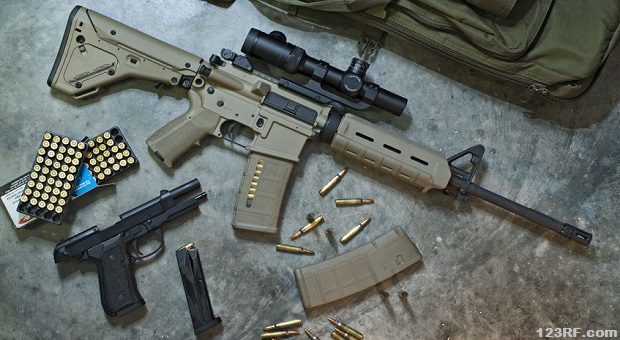
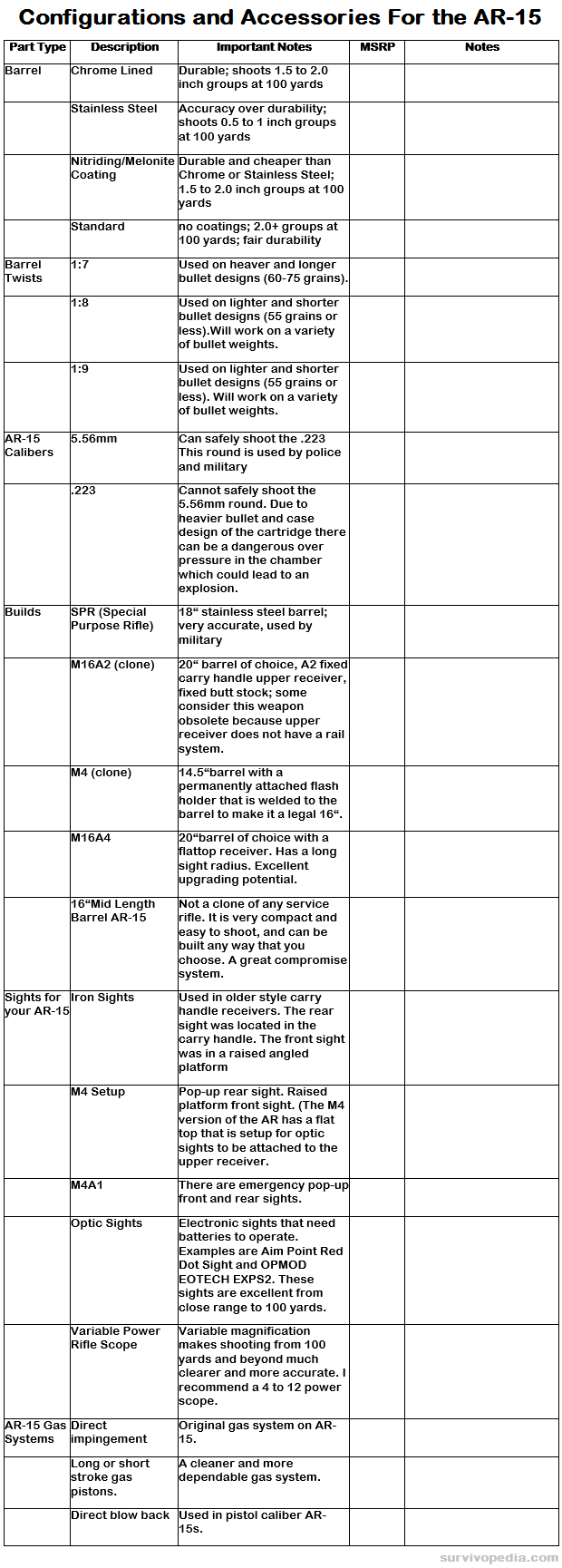

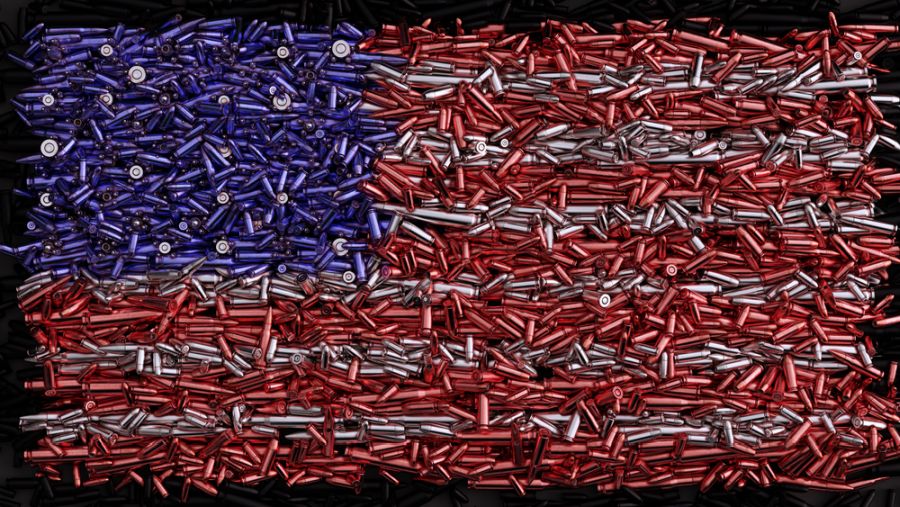
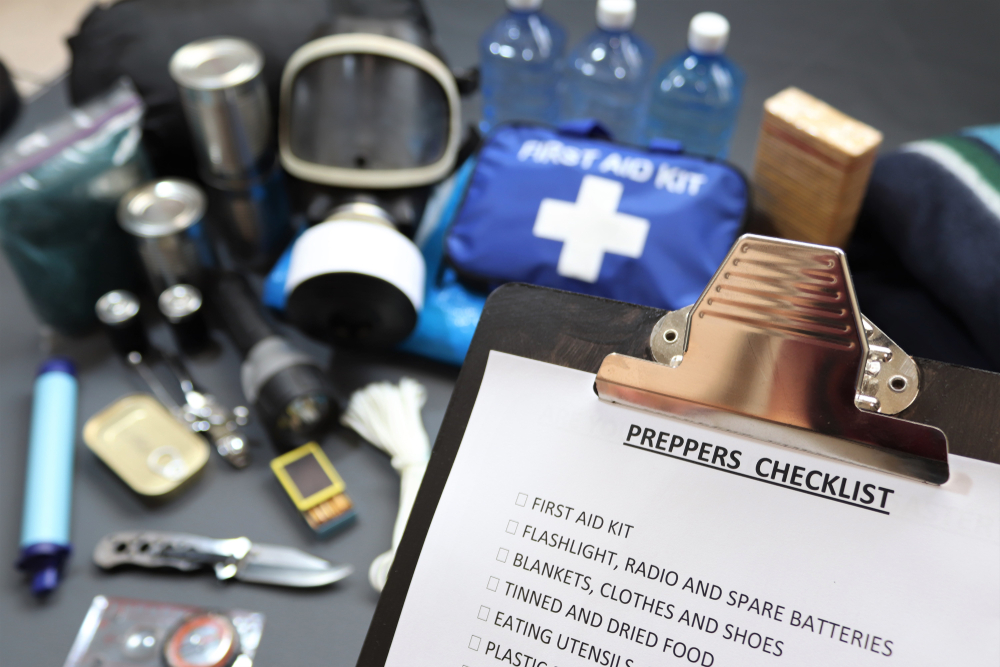
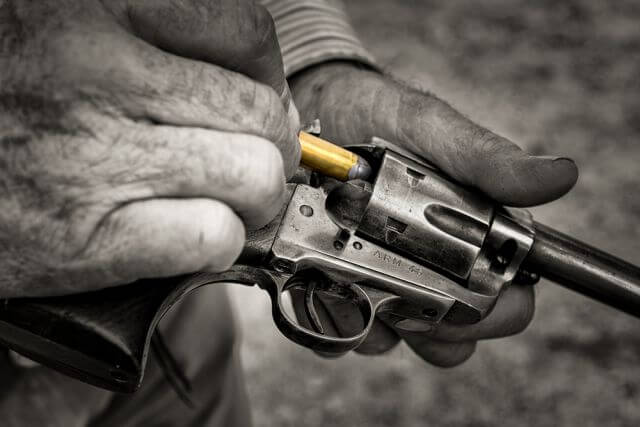
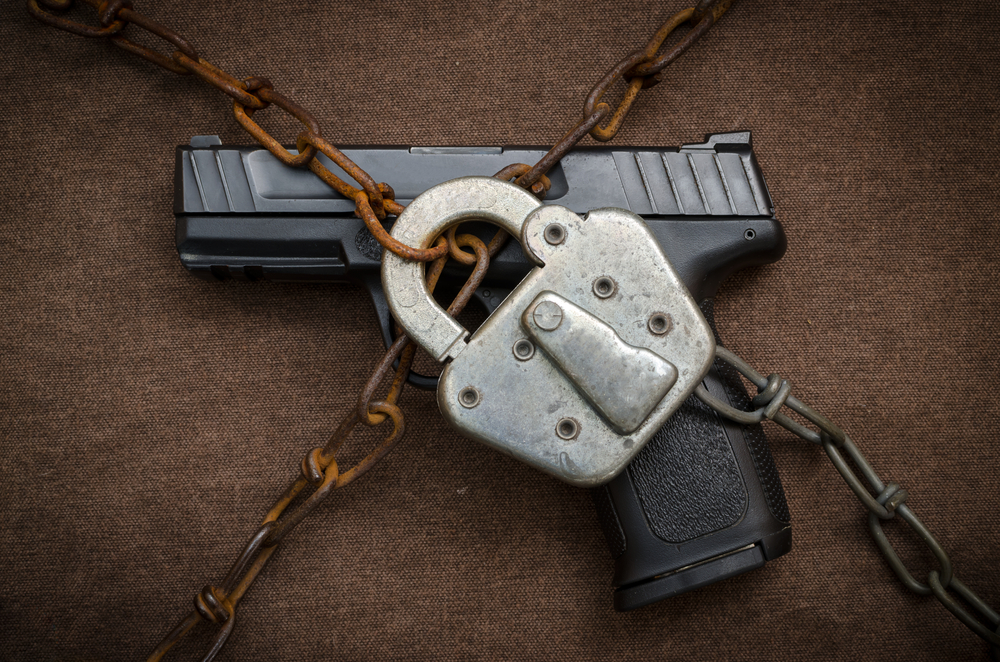

Charles mangum | August 25, 2014
|
You forgot to mention the 223 Wylde chamber.
Bryan | August 25, 2014
|
Thanks for the information. I have a DPMS AR-15 that I picked up from a friend. It has a few accessories and I will be setting it up and practicing with it soon. Appreciate your wisdom.
sl | August 25, 2014
|
Any recommendations on kits to look at if I have a lower?
Bill Michael | August 25, 2014
|
Thank You for a valuable and well-written article. Many of the points illuminated by your expertise in this area can be applied other firearms. Much appreciated for sharing your time and knowledge.
LEE SPIVEY | August 25, 2014
|
Milspec has to do more with the select fire aspect instead of the grade/quality of the AR. Knowledgeable shooters already knows what Milspec is. if looking for a good AR variant choosing a direct impingement type might be a good choice. DP types do not have the fouling problems that the Colt type gas operated do. I shoot the M-16 for 20 years in the Marine Corps and didn’t have any issues. I cleaned and maintained it as I was supposed to.
Bob Ptak | August 26, 2014
|
MilSpec means that the product was designed, manufactured and tested to meet or exceed Military (DOD) Specifications. This includes all facets of material selection, manufacturing and QA/QC methods, and system functionality/durability requirements; far more expansive than ‘select fire’ capability.
Several manufacturers including Armalite, Bushmaster, DPMS, LaRue Tactical, Patriot Ordnance Factory, Rock River and Yankee Hill manufacture and support Tier I AR-15 platforms.
Don | August 25, 2014
|
Some things about the weapon need to be addressed. The M16 was a weapon born out of a committee of officers from the various branches of service, who each had a input in their wants and needs. along this process, the weapon had several modifications made. It originally had a top located charging handle, instead of the rear. Due to this, someone wanted a cover to protect that top mounted charging handle from getting accidentally charged. The suit case handle was added to the weapon for this purpose. The charging handle was later moved to the rear of the weapon, but the suitcase handle was left on, for no good reason. This causes the shooter to have to turkey neck from a proper cheek weld on the stock, to make up for the rear and front sight being mounted to high.
If you are going to buy a AR15, I suggest getting the models with NO SUITCASE handle and the front and rear sights being set low to the weapon.
Personally, I have never been a big fan of the weapon. Its fragile. It is finicky. Its jams. (Do not try to argue with me about this, I have been on the range in the Army hundreds of times, witnessing this myself countless times.) It has weak magazines. It has a crappy gas system, and it over heats fast.
Reports of entire units in Afghanistan having every M4 go down in a defensive action exist, where the soldiers were firing rapidly in the heat of combat.
I have personally BROKE a couple of M16s during my time in the Infantry.
Whenever someone issued me an M16, I found a way to fenagle myself a SAW or M60. To my eyes, the weapon was just crap.
DickDanger | August 25, 2014
|
I’m right there with you. Anyone who defends the AR hasn’t had one break and/or jam on them multiple times (and multiple guns of different brands). It seems to the AR isn’t meant to be on the same level as the AK or SKS (get pissy all you want; they ARE more rugged and reliable). It doesn’t feel like a tough-as-nails work hoarse of a rifle. It feels like it’s powered by the mindless consumerism mindset of the US: “who cares if the rifle is finicky, fragile, underpowered, and prone to breaking down? If it breaks, just buy another one.”
Mahatma Muhjesbude | May 11, 2015
|
Anyone who defends anything BUT an AR is an anachronism and certainly isn’t in possession of any extensive real time combat experience.
“The problem with the affliction of ignorance…is that it is almost impossible to cure once intransigence has set in,..and it usually is fatal.”-P.J. Klipangle.
Opus | August 26, 2014
|
I agree completely with Don. The AR-15 is NOT a survival rifle. Ask any Viet Nam vet. A wimpy .22, the bullet of which will deflect off of a blade of grass. The only rifle in the history of firearms to come from the factory with a hammer built in to close the breech when it fails to function.
Think .308.
don | August 29, 2014
|
5 thumbs down, undoubtedly from arm chair commandos who spent to much money on their rifle and dislike any critical speech of it. Rebut me if you have a fact that negates my analysis.
As far as the comment some people didnt clean the weapon, in the infantry, we had more hours cleaning that weapon, than shooting it, 10 to 1. Our rifles were checked out of the arms room weekly, cleaned extensively, then signed back in, many times between use. we kept them more clean than most civilians would ever bother, even veterans.
I was also a unit armorer,( A Co, 2/1 Infantry, then M Co, 2nd ACR, ) and had to repair other peoples broken weapons, and the M16 kept me and the higher maintenance shop busy.
Jon | August 25, 2014
|
You need to double check your barrel twist info.
The 1/12 twist is for 55g and lighter bullets
The 1/9 twist is 64g and lighter.
The 1/7 twist will handle 77g and lighter.
http://blog.cheaperthandirt.com/barrel-twist-in-the-ar-15/
TPSnodgrass | August 25, 2014
|
While never having served IN the US Army, I’ve served in the USAF and carried an M-16A2 for a long time and used it extensively. Of course we were trained to keep it clean, lubed and it didn’t jam on me once, even in firefights. I cannot speak to Don’s experience, and he said not to argue with him, so I won’t.
However, the quality ARs commercially available, WILL indeed suit most of the civilian users for more than their lifetimes, with appropriate cleaning and routine maintenance. I’ve always enjoyed the humorous posts from folks who have claimed that a certain weapons system is crap, based solely on their personal preferences and “experience”. Some people can’t seem to manage to keep their issued weapons clean and functioning correctly, even in the US military, so we (now) civilians, are treated to dubious posts from self-anointed experts, based on their subjective experiences(and yes MY experiences are indeed subjective as are anyone who posts).
I do feel that the superior rifles that are now commercially available are great for those seeking an excellent survival rifle, if you so choose. You can always decide to go a different route later on, if your personal needs dictate such a change. We need not fret over personal opinions at all, so take them all(including mine) with a LOT of salt. You alone are responsible for your own salvation, and if you can’t manage to keep any firearm clean, based on your “training”, then have a good supply of Louisiville Sluggers, you will most likely need them. Go forth and enjoy your AR-15. Excellent article, well done. Great information even for those NOT in the US Army.
Shawn | August 26, 2014
|
The summary about the AR-15 is mostly correct and has most relevant information needed to make a sound purchase choice. Mil-spec doesn’t mean made for and inspected by military or government inspectors, though. Mil-spec means parts are manufactured to exact “military specifications” and are therefore interchangeable. Nothing more. If it’s not mil-spec the manufacturer can modify the components in any manner they wish and are no longer interchangeable. If it’s not mil-spec, then I suggest you don’t build your own with those parts. If you buy one already built, then you have to choose if it matters to you. My primary contention is the rate of twists and the bullets used for each. I’m not going to bad mouth the author. I’d just highly recommend doing your own research and what each rate of twist is used for. Also, what the most common bullet used and / or at least what grain weight of bullet you will be using. The military uses 62 grain. They also have a need for tracers and they require certain spin rates different from anything else. Do your own leg work. If you are unfamiliar with AR-15s and want one, I strongly suggest you do a lot of homework. There is a lot of information and choices to make about what and why. It’s not like your grandpa’s 30-06 bolt action with few choices. AR-15s are a fad even if they do have a legitimate purpose and there are a lot of people / companies out there just looking to make a quick buck. Don’t be a sucker and educate yourself. This article should just be a starting point.
Stephen Chen | August 26, 2014
|
I would agree with the author, in respect that the AR-15 is a decent choice as a survival weapon even though there are some scrutiny on its effectiveness and reliability. In my humble opinion, I would suggest that a good survival weapon, especially in a urban situation, is something that can easily be fixed with transferable parts and ammo is plentiful, I don’t think anyone can argue that the AR platform fits the bill in that regard.
Andy Jarmin | August 26, 2014
|
Biggest load of tripe I’ve read in a long while! I personally have used many different semi-auto and fully automatic rifles and an M16 or AR 15 derived rifle will never feature in my survival armoury.Reliability is King in ALL respects, before all other considerations. Direct gas impingement is NOT a reliable operating system.
Before you ask, I was an armourer in my first military career and a Mechanical Engineer in the second- neither one in the US.
Thomas | August 27, 2014
|
You sound like you are experienced in the field of weapon mechanics. I’m no engineer but I’ve operated and have friends who have operated and own AR platform rifles that are pushing 3000 rounds without a single drop of oil or any maintenance at all with no malfunctions what so ever. Perhaps there is a case for the reliability found in AK/SK/M1 variant rifles (which I own a few of) that run pistons but there isn’t much of a case in real world use that I’m aware of against the DGI platforms either. There are other non-reliability based pros as well such as better barrel harmonics, fewer moving parts, and less weight. In a survival situation having a couple less pounds of gun on me sounds like a plus if the reliability is adequate. (Having said that I still wouldn’t run a AR-15 that isn’t equipped with a forward assist just in case.
don | August 29, 2014
|
3000 rounds is not a lot of rounds. I put 1000 rounds through a WASR10 the first DAY i had it, just to see what it would take.
I have plenty of friends who own one as well, one broke his lower receiver, where the buffer retention pin hold the buffer spring in the stock. They only have like 2 mm of weak metal there to absorb all the forward and backward action of that spring. What a great mechanical feature! The exact same place I broke the pin, (not the receiver itself) while on active duty, where taking cover, jumping into a hole in the ground.
MainejackAl | April 6, 2015
|
Look, you are obviously a AR-15 hater. Please spare us with more of your bullshit experience. 3000 rounds IS a lot of rounds to shoot without cleaning. How many rounds do you shoot a year? I bet it’s not anywhere near 3000. Maybe you had a bad experience with them, back in the ‘nam days, where the weapon was changed by the bean counters to cut corners. And yes it had horrific results. The weapon has now been the longest issued rifle in US military history. You say there are accounts in Afghanistan of rifles failing, well there are lots of accounts where the weapon is NOT failing and working the way it’s supposed to. Yeah sure the AK is considered to be a more reliable weapon. Because it is made for non educated pheasant who wouldn’t know what end of a cleaning rod to grab. The AK is a clunky communist inaccurate piece of shit. It is apparent that you do not keep up with current technologies. The AR mags are the most reliable rifle mags made now. The AR has accuracy on par with bolt rifles, lighter and more maneuverable than your clunky AK. Why do all the aftermarket parts for the AK mimic the AR parts? Because the AK is inferior. And if anyone has any doubt as to the AR’s lethality, well you volunteer and let me put a 3-5 round burst of federal bonded bullets into your chest and see if you live.. Waaaaaay too many people out here that know shit when it comes to modern tactical style shooting and weapons. Most of you experts probably still carry 5 shot j frames for protection too.
Ed | April 25, 2016
|
Hello. Well I’d say that 3,000 rds in one day out of one firearm is a lot of firing except if one is speakng about a machine gun or full auto weapon. For semi-auto rifles and pistols, for a casual day I shoot 200 – 400 rds. The exception is when I am zeroing in a new firearm or have a new scope or optic on the firearm.
Thomas | August 27, 2014
|
As far as I know your article seems to contain some confusion regarding what mil spec actually means in reference to the AR-15 platform. You seem to be implying that Mil Spec somehow means stronger or more durable and that you feel this is misleading since these components are not gov tested. That’s correct, they aren’t. But then durability and testing has absolutely nothing to do with what Mil Spec means. When building an AR-15 you have Mil Spec and Commercial versions of certain components such as the buffer tube etc. Those terms refer only to the size (usually diameter) of the components in question. Mil Spec buffer tubes for instance are 1.14 in diameter where as commercial tubes are 1.17 leaving a difference of .03. Nominal but when selecting components you usually want to go either all mil spec or all commercial so that everything fits together properly. Not trying to steal thunder just clarifying what seems to be a tiny piece of miss information in an otherwise fairly accurate write up. Thanks.
Pingback:How Safe Is Your Home? 10 Ways to Defend Your Apartment | The Prepper Dome | December 17, 2014
|
Pingback:The Top 6 Survival Rifles And Why You Need One | Survival skills, survival guns, survival guide | February 10, 2015
|
Andrew Miller | July 20, 2016
|
This is my dream survival gun, and that color is so bad ass.
Michael Case | October 17, 2016
|
This is one of the best guns I have ever shot at the range. Great article too.
Paul | October 9, 2017
|
THIS IS SO COOL. SO FAR THIS CAN HELP US TO SURVIVE. THIS THING IS VERY USEFUL TO ALL OUR SOLDIERS NOR POLICEMEN.I WISH I HAVE ONE OF THIS ONE DAY :d
Pingback:A Fresh Spate Of Killings. The Look Beyond | Survivopedia | November 10, 2017
|
Pingback:Guns And Church. Why We Fight To Keep Them Both | Survivopedia | November 14, 2017
|
jay | January 30, 2018
|
5000 round torture test of an Ar-15 from an ak-47 aficionado. The firearm was not cleaned at all. Youtube vid below.
All ar’s are not created equal. my lwrc di has been flawless after 7000 rounds. I clean and lube every 1000 rounds.
Pingback:These Are The Best Self-Defense Firearms For Urban Survival | Survivopedia | October 9, 2018
|